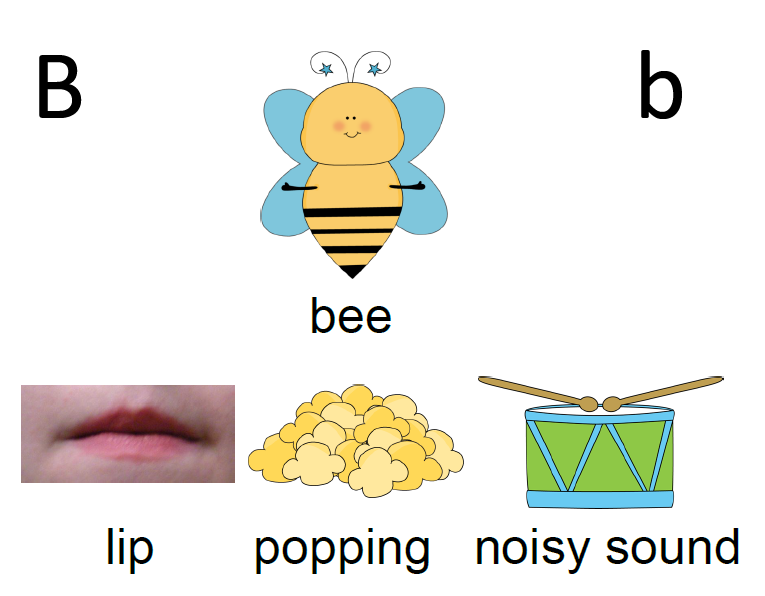Sensory play is important for all children—not just individuals with autism spectrum disorders (ASD). Sensory play helps build language skills as well as fine motor and gross motor skills. Children with ASD often experience an inability to respond “appropriately” to sensory input, which is why they tend to have challenging behaviors or obsessions (i.e. arm flapping, avoiding eye contact, etc). Furthermore, children with ASD can have problems with social skills and speech and language skills. Most treatment options for children with ASD or with sensory dysfunction include sensory integration.
Best Practices in Teaching Bilabial Speech Sounds
Speech Therapy TechniquesBaby babbling is usually the classic example of bilabial sounds, like “bababa” and “mamama.” Bilabial speech sounds are those that are made by using both lips, pressed together for sounds like /p/, /b/, and /m/. These sounds are usually mastered by age three but can be lingering challenges with children affected by speech sound disorders. They can be challenging to tackle so here are some suggested best practices for speech therapy.


